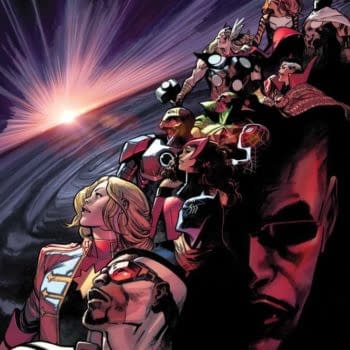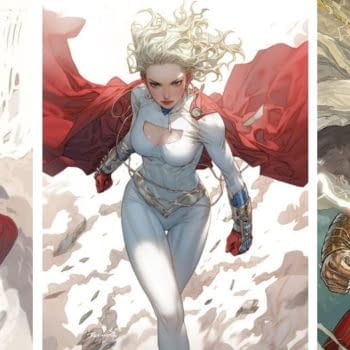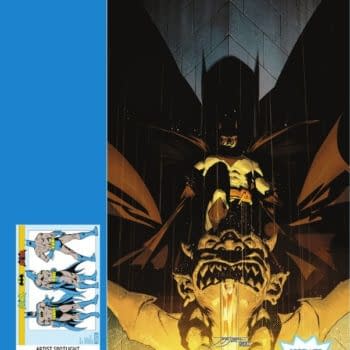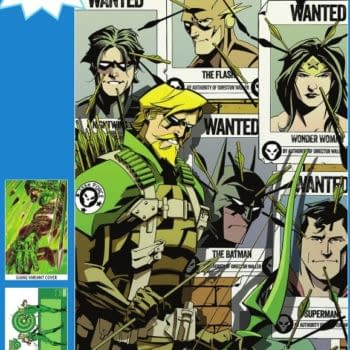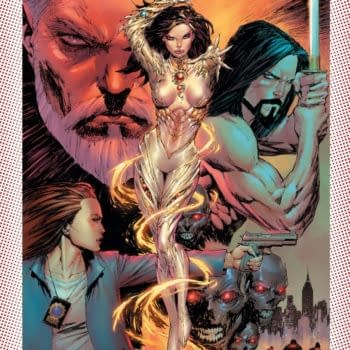Posted in: Comics | Tagged: Alan Moore, Comics, Garry Leach, marvel, Marvel Comics, miracleman
Why Miracleman Matters, Thirty Years On
This morning I talked to a shop assistant at Orbital Comics who was reading Miracleman for the first time.
Because, today sees the publication of Miracleman #1, by Alan Moore and Garry Leach. Originally published as Marvelman in the pages of Warrior Magazine, it was a revival of the believed-abandoned British ripoff of Captain Marvel from the fifties, created to fill a gap in the cancellation of Captain Marvel reprints after Fawcett lost their legal case against DC's Superman.
It was born out of a legal issues, revived out of legal issues and abandoned when no one could quite work out who owned what. Well, Marvel, after spending a significant seven figure sum, paid everyone off or lawyered them. And now can publish the comic again, specifically the Alan Moore/Garry Leach/Alan Davis/Chuck Austen/Rick Veitch/John Totleben/Neil Gaiman/Mark Buckingham run that everyone really cares about, as well as continue it to its conclusion, finishing off The Silver Age arc and concluding with The Dark Age.
But why do people care so much? Well, for all the superhero deconstruction that's been going on since the eighties, Marvelman was really the one that did it first. It paved the way for everything that came – all the credit and blame that Watchmen gets, Marvelman has a strong claim to. Written by a nobody, Alan Moore was Dez Skinn's third choice to write the comic, Warrior magazine itself formed by Dez Skinn as a way to recreate the success he'd had at Marvel UK, but doing it independently. Marvelman was his Captain Britain, V For Vendetta his Night Raven. And it soared, telling a proper adult superhero comic story, and making everyone sit up and go "oh". This was the comic that got Alan Moore noticed by America.
It is seen as one of the first superhero comics to deconstruct itself, take all the juvenile elements and make them something very real and very scary. This was the superhero comic that grew up. And this was my favourite moment from that first issue, now coloured in a way that stands up to the original black and white art.
But it became far more than that. Through its publication, it revealed itself as the story of one superhero who, by his very existence, and the world's reaction to him, utterly changes the world into something unrecognisable. Just from one small event that you take for granted. You've seen that in Dollhouse, you've seen that in Fringe, busting out of the genre's trope and doing something that actually changes the reality the story is told in. It rejected the constraints of the shared universe, and showed the flaws in every other superhero story being told. And still being told. It rejected the reset button and went for broke.
It's back. Alan Moore's story will be told over one and a half years, Neil Gaiman's follow up over the next one-and-a-half. For people who have read the previous Miracleman, we have a long wait.
But for the shop assistant I talked to, ahead of their Garry Leach signing at 5pm, it's a rather wonderful narrative that she's only just started.
I do hope it holds up.
Miracleman #1 is published today by Marvel Comics. Comics courtesy of Orbital Comics, London, who are today holding a Miracleman signing with artist and co-writer Garry Leach from 5pm.








